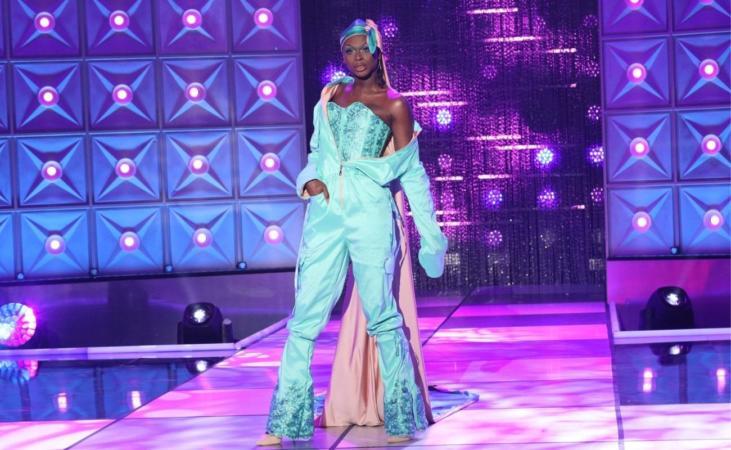If the lyric “We like them low cut caesars with the deep waves,” means anything to you, then you’re probably well versed in the purposes of the durag. The fitted hair coverings, largely associated with the shaping and maintenance of pronounced hair waves, famously “so quick to snatch up your Beyoncé,” have been a pinnacle of Black hair care for the better part of a century. But in recent years, we’ve seen these protective coverings shift from beauty supply mainstay to coveted high-fashion accessory.
From Rick Owens’ Fall-Winter 2014 Men’s Collection to Tom Ford’s Spring 2019 ready-to-wear line, durags are making waves in more ways than one. But this homage is not without a bit of irony, considering society’s tumultuous relationship with durags.
In the ’90s, durags, originally “do-rags,” expanded beyond their initial purpose as a grooming tool used to maintain the look of waves and braids, transitioning to a full-blown urban style staple. Everyone from cultural giants like Nelly and Allen Iverson to elementary-aged kids looking to emulate the swagger of these figures rocked the fitted hair cloths, solidifying its place in the Black fashion lexicon.

But like most fashion trends incepted within the Black community, durags soon became demonized in the mainstream in fashion similar to the ways baggy jeans and nameplate jewelry were written off as “ghetto” or unprofessional due to their proximity to Blackness.
Both the NBA and the NFL, two industries undeniably reliant on the talent and participation of Black people, banned durags in 2005 and 2001, respectively. And while the decision was said to be a result of safety concerns, many viewed it as a vanity metric at best and a flagrant display of racism at worst. This shift in perception made wearing durags in public a cultural taboo on par with the same attitudes displayed toward women wearing bonnets in public.

This politicization of Black hair and the happenings around it was and is nothing new. But the societal shunning of the durag during the aughts is a sublime illustration of the manner in which our society likes to turn its back on the culture it emulates in an almost cyclical fashion.
And in the 20-some-odd years since the sports ban, we have seen the same Ferris wheel of cultural appropriation (or appreciation, depending on the person) spin back around, this time picking up some high-label fashion houses on the way.

These major labels, helmed by white designers, toe a blurred line between homage and pilferage that runs the risk of perpetuating the ever-present notion that Black culture is a trend that one can dip in and out of for profit. We’ve seen this numerous times with white celebrities going through a hip-hop or rap phase in their careers and then coming out with country or pop-based sounds years later, equating hip-hop with the callowness of their youth.
Black culture is not a phase, though. It is an inimitable combination of experiences, aesthetics and knowledge that is scrutinized in one breath and celebrated the next. Mimicking our culture, whatever the motives may be, rarely stems from a place of true altruism. And until we have a collective agreeance on what constitutes as appreciation versus appropriation (check back after pigs learn to fly), some things are better left in the communities in which they were founded.
